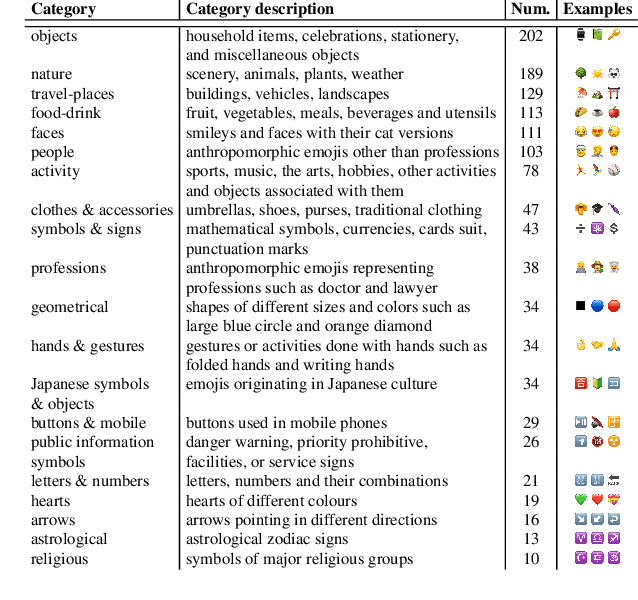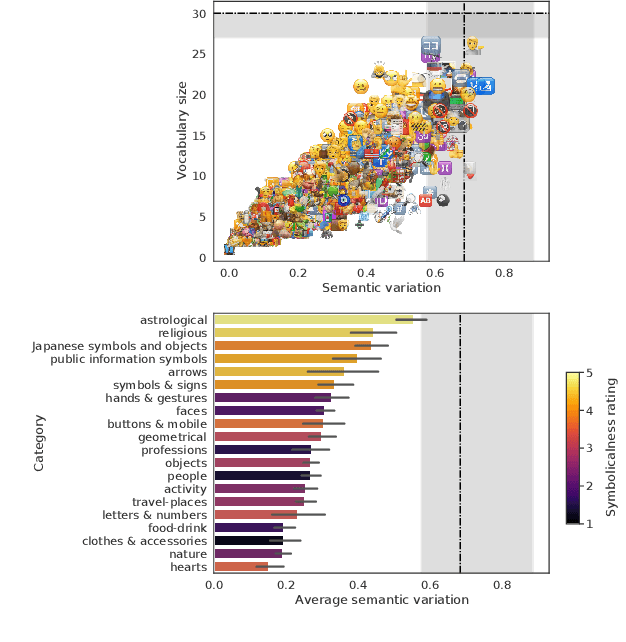Michal Bien
NVIDIA Nemotron Nano 2: An Accurate and Efficient Hybrid Mamba-Transformer Reasoning Model
Aug 21, 2025



Abstract:We introduce Nemotron-Nano-9B-v2, a hybrid Mamba-Transformer language model designed to increase throughput for reasoning workloads while achieving state-of-the-art accuracy compared to similarly-sized models. Nemotron-Nano-9B-v2 builds on the Nemotron-H architecture, in which the majority of the self-attention layers in the common Transformer architecture are replaced with Mamba-2 layers, to achieve improved inference speed when generating the long thinking traces needed for reasoning. We create Nemotron-Nano-9B-v2 by first pre-training a 12-billion-parameter model (Nemotron-Nano-12B-v2-Base) on 20 trillion tokens using an FP8 training recipe. After aligning Nemotron-Nano-12B-v2-Base, we employ the Minitron strategy to compress and distill the model with the goal of enabling inference on up to 128k tokens on a single NVIDIA A10G GPU (22GiB of memory, bfloat16 precision). Compared to existing similarly-sized models (e.g., Qwen3-8B), we show that Nemotron-Nano-9B-v2 achieves on-par or better accuracy on reasoning benchmarks while achieving up to 6x higher inference throughput in reasoning settings like 8k input and 16k output tokens. We are releasing Nemotron-Nano-9B-v2, Nemotron-Nano12B-v2-Base, and Nemotron-Nano-9B-v2-Base checkpoints along with the majority of our pre- and post-training datasets on Hugging Face.
On the Context-Free Ambiguity of Emoji: A Data-Driven Study of 1,289 Emojis
Jan 17, 2022

Abstract:Emojis come with prepacked semantics making them great candidates to create new forms of more accessible communications. Yet, little is known about how much of this emojis semantic is agreed upon by humans, outside of textual contexts. Thus, we collected a crowdsourced dataset of one-word emoji descriptions for 1,289 emojis presented to participants with no surrounding text. The emojis and their interpretations were then examined for ambiguity. We find that with 30 annotations per emoji, 16 emojis (1.2%) are completely unambiguous, whereas 55 emojis (4.3%) are so ambiguous that their descriptions are indistinguishable from randomly chosen descriptions. Most of studied emojis are spread out between the two extremes. Furthermore, investigating the ambiguity of different types of emojis, we find that an important factor is the extent to which an emoji has an embedded symbolical meaning drawn from an established code-book of symbols. We conclude by discussing design implications.
 Add to Chrome
Add to Chrome Add to Firefox
Add to Firefox Add to Edge
Add to Edge